




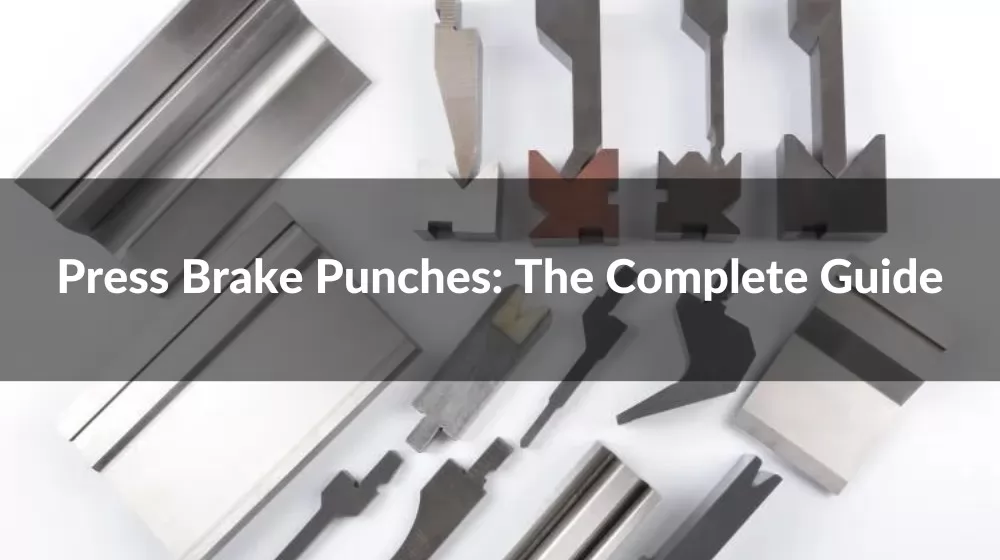
Welcome to the ultimate guide to press brake punches, where we dive deep into the heart of metal fabrication. Press brake punches, essential tools in shaping metal, play a pivotal role in creating precise, high-quality bends. Whether you're a seasoned fabricator or new to the field, understanding the nuances of press brake tooling can significantly impact your work's outcome. From the basics of press brake punches to selecting the right manufacturer, this guide covers everything you need to know to elevate your metal fabrication projects.
Have you ever marveled at the precise, sharp bends on sheet metal that form everything from car bodies to metal cabinets? The unsung hero behind these meticulously crafted bends is the press brake punch. A cornerstone in the world of metal fabrication, press brake punches play a pivotal role in shaping metal sheets with accuracy and finesse.
Press brake punches are the top tools used in a press brake machine, a type of equipment that bends sheet metal into desired shapes and angles. These punches, when used in tandem with corresponding dies, apply force to the metal sheet, causing it to bend at precise angles. Crafted from high-grade materials, these punches are designed for durability and precision, ensuring that each bend is both strong and aesthetically pleasing.
The variety of press brake punches available is as diverse as the applications they serve. From standard punches for simple bends to gooseneck punches designed for forming complex shapes, the right punch can significantly impact the efficiency and quality of the bending process. This adaptability makes them indispensable tools in the arsenal of manufacturers, especially for those specializing in custom metal fabrication.
In the intricate dance of metal fabrication, press brake punches take center stage, embodying both the heart and muscle of the bending process. Their importance cannot be overstated, as they directly influence the precision, efficiency, and quality of the final product. Let's dive into the reasons why press brake punches are indispensable in the realm of metal fabrication.
Firstly, precision is paramount in metal fabrication. The accuracy of bends affects not only the aesthetic appeal of a product but also its functionality and fit. Press brake punches, with their variety of shapes and sizes, enable fabricators to achieve bends with pinpoint accuracy, ensuring that each piece meets stringent specifications.
Secondly, efficiency in production is a key concern for manufacturers. The right press brake punch can significantly speed up the bending process, allowing for quick setup times and faster turnaround on projects. This efficiency not only reduces labor costs but also enables manufacturers to meet tight deadlines without compromising quality.
Moreover, the quality of the bend is directly tied to the quality of the punch used. High-grade materials and precise engineering in the manufacture of press brake punches ensure that each bend is clean, with minimal distortion or warping of the metal. This leads to a superior finished product, enhancing the reputation of the manufacturer and satisfying the high standards of end-users.
Lastly, the versatility offered by a comprehensive set of press brake punches allows manufacturers to take on a wide range of projects. From simple angle bends to complex shapes, having the right tool for the job expands a manufacturer's capabilities, making them a one-stop shop for clients seeking custom metal fabrication solutions.
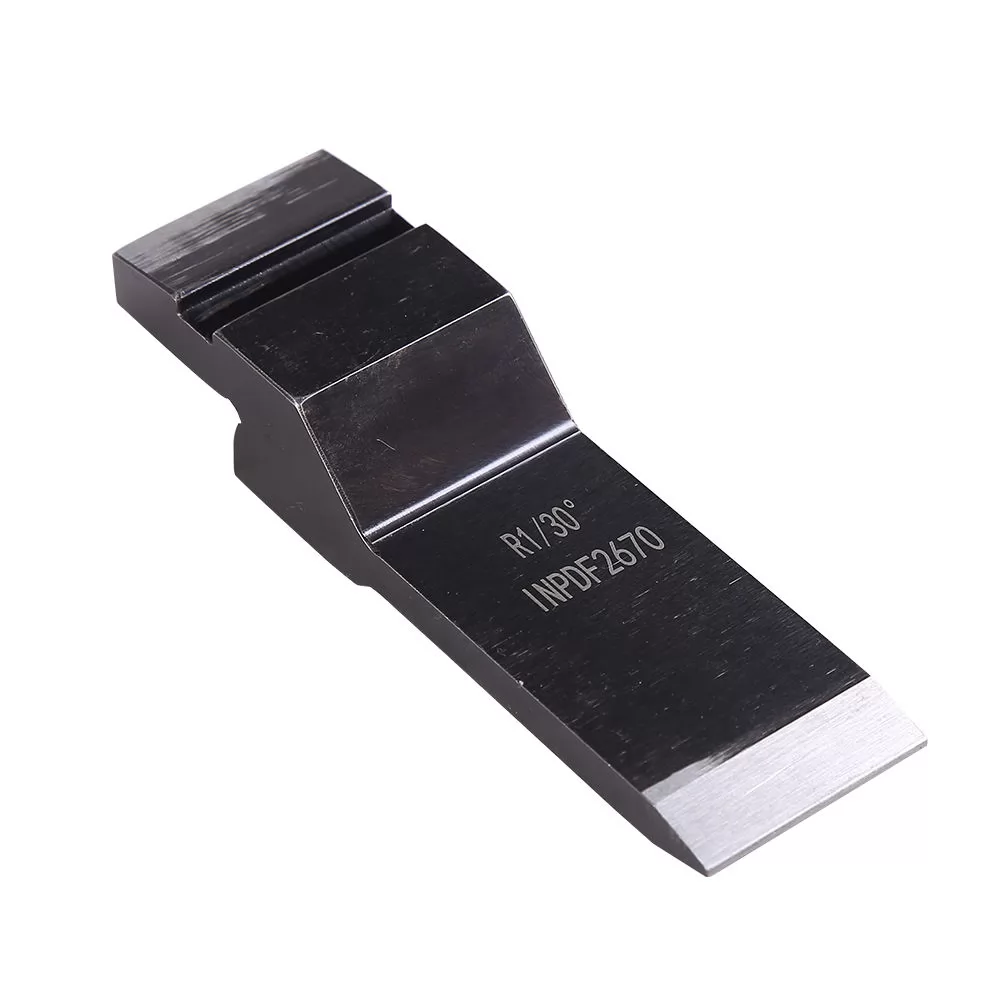
Delving into the world of metal fabrication, understanding the essentials of press brake tooling is crucial for anyone looking to grasp the intricacies of this field. Press brake tooling encompasses a wide range of components, but at its core, it involves the punches and dies that work in unison to bend metal sheets into desired shapes and angles. This section aims to shed light on the definition and function of press brake tooling, illuminating its pivotal role in metal fabrication.
At its simplest, press brake tooling refers to the array of tools used in a press brake machine. These tools are primarily categorized into two groups: punches and dies. The punch is the upper component that comes into direct contact with the metal sheet, applying force downward. The die, situated below the metal sheet, serves as the support, providing the necessary counterforce to shape the metal as the punch presses down. This harmonious action between punch and die allows for the creation of precise bends, folds, and forms in the metal sheet.
The function of press brake tooling extends beyond merely bending metal; it involves shaping the metal with accuracy and efficiency. Different types of punches and dies are used to achieve various bends and shapes. For instance, acute angle punches are designed for creating sharp bends, while gooseneck punches are perfect for forming shapes with deep returns. The choice of tooling directly affects the quality of the bend, the speed of production, and the ability to perform complex bending operations without the need for secondary processing.
Navigating the world of press brake punches reveals a diverse ecosystem of tools, each designed for specific tasks in metal fabrication. Let's explore the various types of press brake punches and their unique applications, ensuring that fabricators can choose the right punch for every job.
The backbone of press brake tooling, standard punches are versatile tools used for a wide range of bending tasks. These punches are often used for straight bending applications, where uniformity and precision are key. Their straightforward design makes them a staple in any fabrication shop.
Straight punches are the epitome of simplicity and efficiency in bending. Perfect for forming 90-degree angles, they are indispensable for projects requiring sharp, clean bends. Their design ensures minimal wear and tear on the machine and tooling, making them a cost-effective option for fabricators.
Designed for bending parts with deep recesses or requiring complex shapes, gooseneck punches are characterized by their distinctive curved shape. This design allows fabricators to navigate around flanges and other protrusions, offering unparalleled flexibility in bending operations.
Hemming punches are specialized tools used to fold metal back onto itself, creating a hem. This technique is often used for reinforcing edges or creating safe, smooth edges on metal parts. Hemming punches are a key tool for achieving precise, clean folds without damaging the material.
Beyond the standard repertoire, specialty punches are designed for unique or complex bending tasks that standard punches can't accommodate. These include:
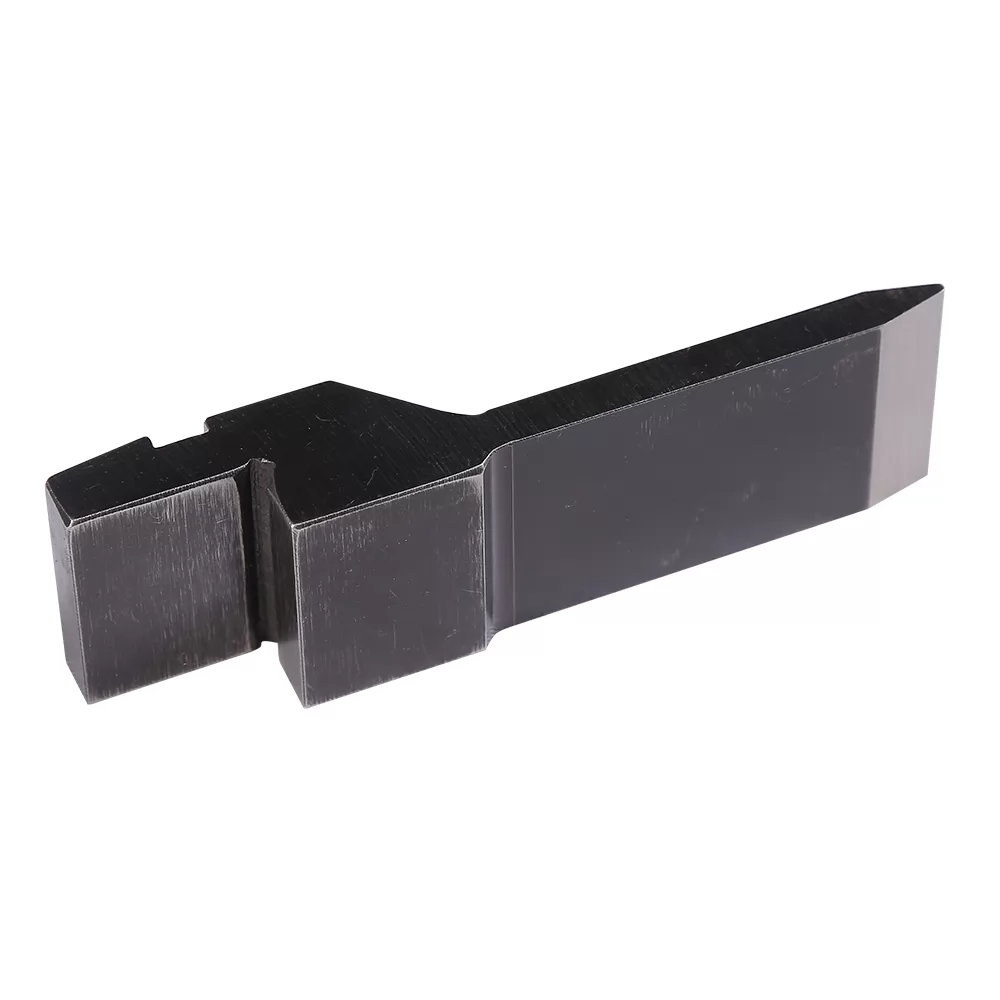
To truly appreciate the functionality and versatility of press brake punches, it's essential to understand their anatomy. Each punch is composed of several key components and is crafted from materials selected for durability and performance. This knowledge is crucial for distinguishing between standard and custom punches, empowering users to make informed decisions for their specific fabrication needs.
The primary components of a press brake punch include the tip, body, and tang. The tip is the part of the punch that comes into direct contact with the metal sheet, shaping it into the desired angle or form. The body of the punch provides the necessary strength to withstand the bending force, while the tang is the section that connects to the press brake, ensuring a secure fit and precise alignment.
Durability and longevity are paramount when it comes to press brake punches. High-quality tool steel is the material of choice, often enhanced through heat treatment or coated with compounds like titanium nitride (TiN) to increase hardness and resistance to wear. This meticulous selection of materials ensures that each punch can handle the rigors of metal bending without succumbing to premature wear or deformation.
When selecting a press brake punch, fabricators must choose between standard and custom options. Standard punches are readily available and designed to meet the needs of common bending tasks, offering a balance of performance and cost-effectiveness. On the other hand, custom punches are tailor-made to suit specific applications, particularly when dealing with unique profiles, materials, or complex bending requirements. Custom punches allow for greater flexibility and precision, albeit at a higher cost and with longer lead times.
Choosing the right press brake punch is a decision that significantly impacts the efficiency, precision, and quality of the bending process. Several critical factors must be considered to ensure the selected punch meets the demands of your project. Let's explore the key selection criteria for press brake punches, focusing on material thickness and type, bending angles and radii, and machine compatibility.
The type and thickness of the material being bent are paramount when selecting a press brake punch. Different materials have varying levels of malleability and strength, influencing the choice of punch material and design. For instance, thicker and harder materials require punches made from more durable materials to withstand the higher bending forces without wearing out prematurely. Conversely, softer materials may require specialized punches to prevent damage to the material surface.
The desired bending angles and radii are also critical in choosing the appropriate press brake punch. Sharp angles and small radii may require punches with acute profiles, whereas larger radii and softer bends benefit from punches with a radius profile. The correct selection ensures not only the accuracy of the bend but also the integrity of the material, minimizing the risk of cracking or material failure.
Finally, machine compatibility is a crucial consideration. The chosen punch must be compatible with the press brake machine in use, considering factors such as the tonnage capacity, tooling interface, and the machine's control system. Incompatible tooling can lead to inefficient bending processes, increased wear on the machine, or even damage to the tooling and workpiece.
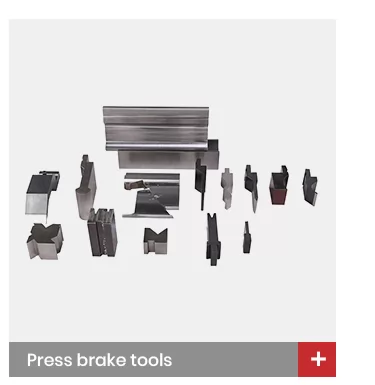
The material from which a press brake punch is made is a critical factor that determines its performance, longevity, and suitability for specific applications. Understanding the nuances of tool steel grades, coatings, treatments, and the importance of durability and wear resistance can guide fabricators in making informed decisions when selecting punches for their bending operations.
Tool steel is the primary material used for press brake punches, known for its high hardness, strength, and resistance to abrasion and deformation. Various grades of tool steel are available, each with its own set of characteristics. For example, A2 tool steel is renowned for its excellent balance of wear resistance and toughness, making it a popular choice for punches. D2 tool steel, on the other hand, offers higher wear resistance but at the expense of toughness, making it suitable for applications where sharp edges are maintained for longer periods.
To enhance the performance and lifespan of press brake punches, various coatings and treatments can be applied. Titanium nitride (TiN) coating, for instance, provides a hard, wear-resistant surface that extends tool life and reduces friction, allowing for smoother bending operations. Cryogenic treatment, where the tool steel is exposed to extreme cold temperatures, can improve wear resistance and toughness by altering the microstructure of the steel.
Durability and wear resistance are paramount for the longevity and consistent performance of press brake punches. Selecting punches made from high-grade tool steel with appropriate coatings or treatments can significantly enhance these properties. Durable punches withstand the rigors of repeated bending operations without losing their shape or precision, ensuring high-quality bends over an extended period. Wear resistance minimizes the need for frequent replacements, reducing downtime and maintenance costs.
Optimizing the operation of press brake punches requires adherence to best practices that span from pre-bending strategies to lifecycle management. These practices ensure the longevity of the tools, enhance bending accuracy, and minimize downtime. Let's delve into the essential best practices for maximizing the performance and lifespan of your press brake punches.
Effective pre-bending strategies involve planning the bending sequence and preparing the material properly. This includes considering the material's grain direction, thickness, and type to optimize the bending process and prevent damage to the tool or workpiece. Proper alignment and positioning of the sheet metal can significantly reduce the risk of inaccuracies or unintended deformations.
Angle correction techniques are crucial for achieving precise bends. This may involve using angle measurement tools to adjust for springback or employing software controls available in modern press brake machines to compensate for material variances. Understanding the specific characteristics of the material being bent allows for more accurate angle corrections.
To minimize tool wear, operators should ensure that the punches are used within their specified capacity and that the press brake settings are adjusted according to the material's specifications. Utilizing the correct punch for the job not only improves efficiency but also extends the tool's life by reducing undue stress.
Regular maintenance and care are essential for preserving the condition of press brake punches. This includes periodic inspections for wear or damage, lubrication of moving parts, and ensuring that the punches are free from debris and corrosion.
Proper cleaning after use and safe storage are vital to prevent rust and corrosion. Punches should be stored in a dry, organized environment to prevent accidental damage and make it easy to find the right tool for each job.
Sharpening and repair can extend the life of press brake punches significantly. Professional sharpening should be performed to maintain the correct profile and edge sharpness, ensuring consistent bending performance. Repairs, if needed, should be carried out by qualified personnel to restore the tool to its optimal condition.
Effective lifecycle management involves monitoring the performance and condition of punches over time. Keeping records of usage, maintenance, and repairs helps in making informed decisions about when to retire and replace tools, optimizing the investment in press brake tooling.
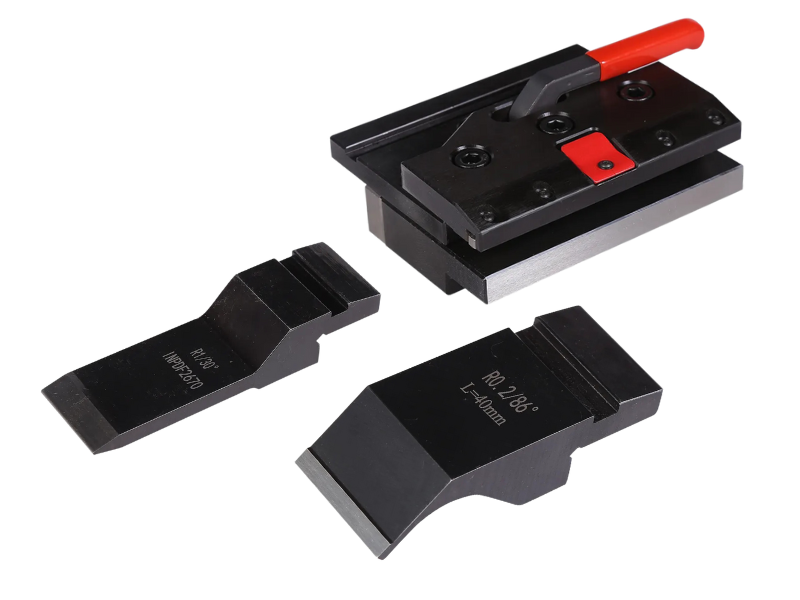
Selecting a manufacturer for your press brake punches is a decision that goes beyond comparing prices. It's about finding a partner that can provide high-quality tools, reliable support, and innovative solutions to meet your specific bending needs. Here are key factors to consider when choosing the right press brake punches manufacturer:
In conclusion, the journey through the world of press brake punches reveals the importance of quality, precision, and expertise in metal fabrication. Choosing the right tools and manufacturer is not just a matter of necessity but a commitment to excellence. As a leading press brake punches manufacturer, Shinite stands at the forefront of innovation and quality, offering a wide range of superior press brake tools that cater to diverse fabrication needs.
With Shinite, fabricators gain access to unparalleled technical support, innovative solutions, and reliable products designed to enhance efficiency and achieve precise bends. Embrace the excellence and expertise of Shinite for your metal fabrication projects. Visit our global website at https://www.shiniteknife.com/ to explore our comprehensive range of press brake punches and discover how we can elevate your fabrication processes to new heights.








Fastest
Installation

Top-Notch
Equipment

24/7 Customer
Support

100% Secured
Payment
